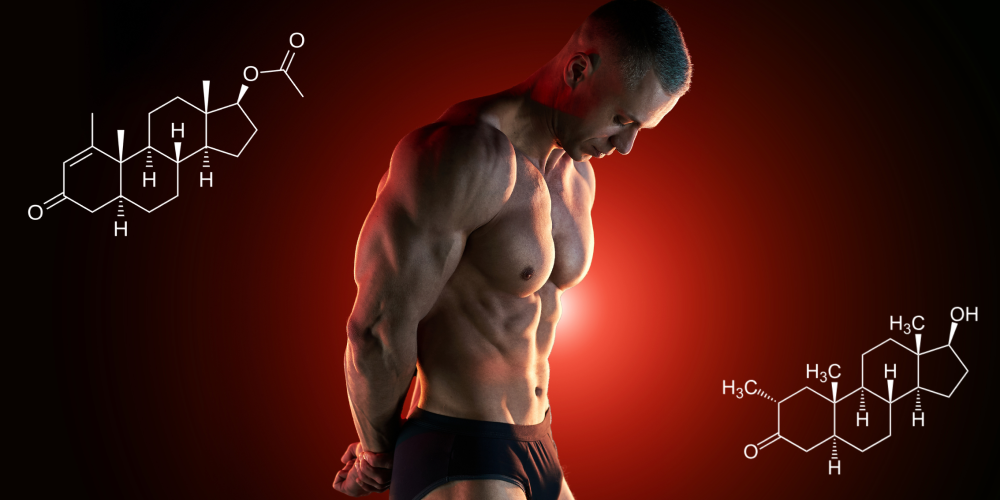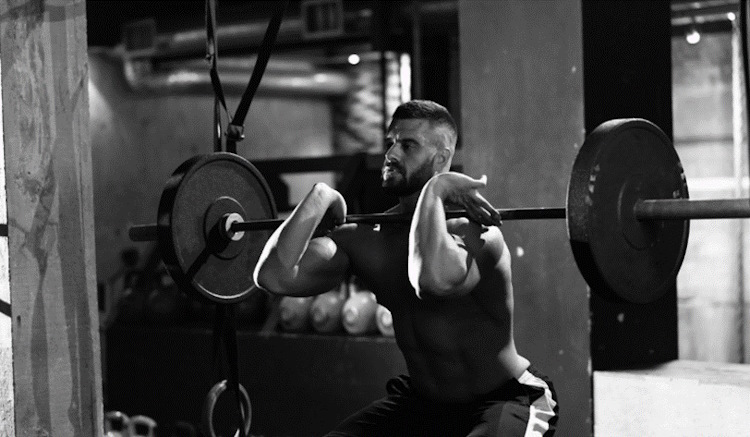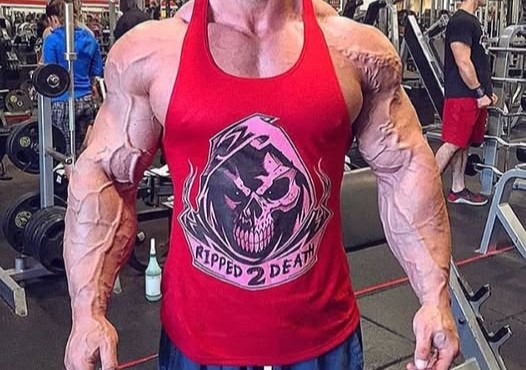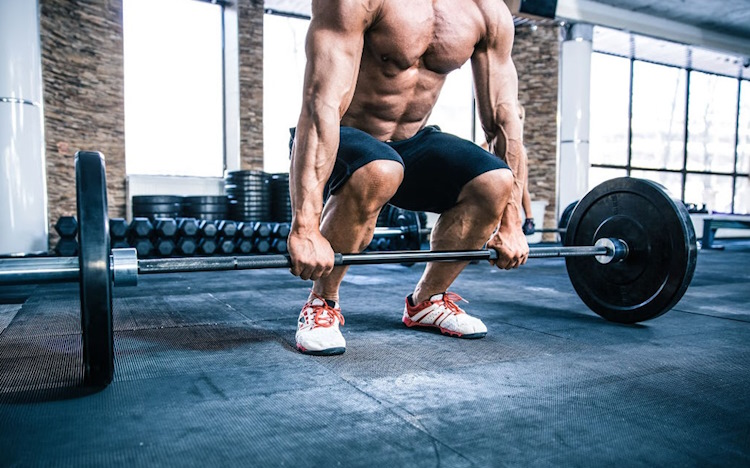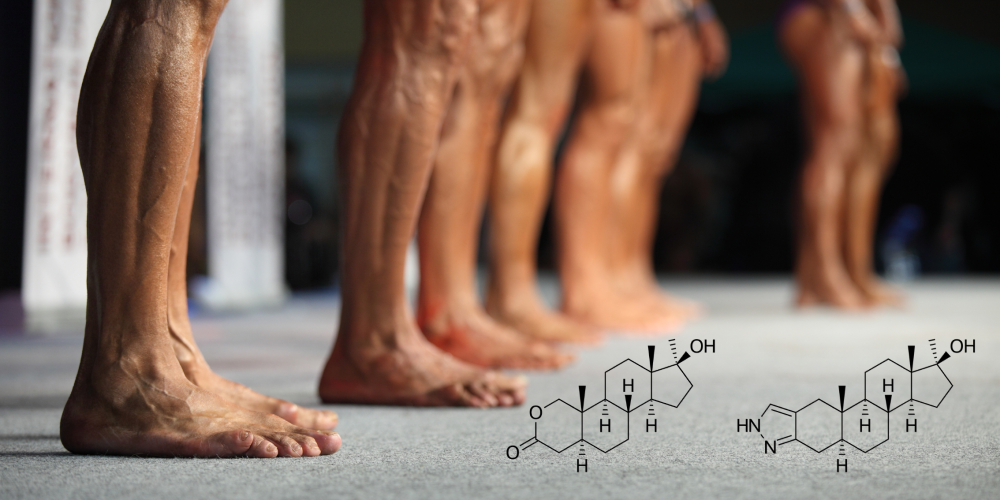Squats: not as complete as we had thought?
The squat, known and praised by some as the king of leg exercises, has long been considered the most complete exercise for lower body training, due to its ability to engage multiple muscle groups at once, including the quadriceps, hamstrings, glutes, and even the core. However, recent insights and evolving fitness science suggest that the squat may not be as complete for leg training as previously believed. In this article we’ll look into why the squat, despite its many benefits, falls short of being a complete solution for whole leg development.
Muscle imbalances
While the squat is an excellent compound movement, it does not equally target all the muscles in the legs. The emphasis is predominantly on parts of the quadriceps, glutes and adductors (if you hit sufficient depth), with relatively less activation of the hamstrings and calves. For balanced leg development, it’s crucial to stimulate all muscle groups equivalently. Relying solely on squats can lead to muscular imbalances, potentially increasing the risk of injury and limiting overall leg strength and aesthetics.
Incomplete quadriceps activation
The quadriceps, comprising four distinct muscles (the rectus femoris, vastus lateralis, vastus medialis, and vastus intermedius), play a crucial role in knee extension and overall leg strength. However, the squat does not activate all four heads of the quadriceps equally. The vastus medialis, particularly the vastus medialis oblique (VMO), is often under-engaged during squats. This imbalance can lead to uneven muscle development and potentially contribute to knee instability and injury. Incorporating exercises like leg extensions and single-leg movements can help ensure all parts of the quadriceps are adequately targeted.
Range of motion limitations
The squat’s range of motion can be restricted by several factors, including the individual’s flexibility, mobility, and biomechanics. For instance, deep squats require significant ankle dorsiflexion, hip mobility, and thoracic spine flexibility. Many people lack the necessary range of motion on at least one joint to perform deep squats effectively, which can limit the exercise’s effectiveness. In contrast, exercises like lunges and step-ups can provide a greater range of motion, particularly for the hip flexors and extensors, offering more comprehensive leg training.
Recovery, joint stress and injury risk
Squats, especially when performed with heavy weights, place considerable stress on the knees, lower back, hips and nervous central system. This stress can exacerbate existing injuries or lead to new ones, particularly if proper form is not maintained. Even if you do it right, heavy squat sessions tend to take a long time to recover from, potentially limiting weekly tolerable training volume for the legs. Alternative exercises such as leg presses, Bulgarian split squats, and hamstring curls can target the same muscle groups with less overall stress, making them safer options for individuals with pre-existing conditions or those new to weight training.
Neglecting the posterior chain
While squats do activate the glutes and hamstrings to some extent, they are not the most efficient exercise for these muscle groups. The posterior chain, which includes the hamstrings, glutes, and lower back, is crucial for overall leg strength and power. Exercises like deadlifts, Romanian deadlifts, and hip thrusts are more effective at isolating and strengthening the posterior chain, ensuring balanced muscle development and enhancing athletic performance.
Versatility and function
Functional training aims to improve movements that are directly transferable to daily activities and sports performance. Even though squats mimic one of the most basic movements the human body can do (the act of sitting down and standing up), they are less representative of unilateral movements common in real-life activities and sports. Incorporating exercises like lunges, single-leg squats, and step-ups can enhance balance, coordination, and functional strength, providing a more functional approach to leg training.
Adaptation and plateaus
The human body adapts fast to repetitive stimuli. Relying too much on squats can lead to plateaus, where progress stops despite continued training. Incorporating different leg exercises challenges the muscles in other ways, promoting continuous adaptation and growth. Variations such as split squats, leg presses, and plyometric exercises can introduce different stimuli, breaking through plateaus and enhancing overall leg development.
All in all, the squat undoubtedly remains a valuable exercise in leg training, offering its own benefits in terms of muscle activation, strength development, and functional fitness. However, to achieve a more complete and balanced leg development, it’s essential to incorporate a variety of exercises that target all muscle groups, reducing recovery time, injury risk, and enhancing functional movement. By expanding your leg training routine beyond squats, you can ensure more effective and complete lower body development, leading to better performance, aesthetics and with lower risk of injury.
Incorporating a mix of squats, deadlifts, lunges, step-ups, and other leg variations will provide a more balanced and effective leg workout, probably improving all aspects of lower body strength, mobility, and functional fitness when compared to squats alone (unless you’re a powerlifter and need to be a squat specialist).





